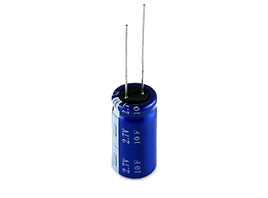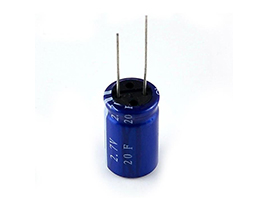Consulting phone:
135-3037-2041
(Mr.Wang)
Supercapacitors have a very wide range of uses. Combined with high-energy-density materials such as fuel cells,supercapacitors provide rapid energy release to meet high-power demands, enabling fuel cells to be used only as an energy source. Currently, supercapacitors can have energy densities as high as 20kW/kg and are starting to take over the market between traditional capacitors and batteries.

In applications that require high reliability but low energy requirements, supercapacitors can be used to replace traditional batteries, and supercapacitors can also be combined with batteries. Supercapacitor modules are used in applications that require high energy, while Smaller and more economical batteries can be selected.
Any supercapacitor will discharge through the internal parallel resistance when it is energized. This discharge current is called leakage current, which affects the self-discharge of the supercapacitor unit. Similar to some secondary battery technologies, the voltage of supercapacitors also needs to be balanced when used in series. Due to the leakage current of Farad capacitors , the size of the internal parallel resistance determines the voltage distribution on the series-connected supercapacitor units. When the voltage of the supercapacitor is stabilized, the voltage on each unit will change with the leakage current, not with the capacitance value.
The discharge of the supercapacitor unit reduces the voltage, which in turn affects the voltage of other units connected in series with it, assuming that these series connected units are powered by the same stable voltage.

In order to compensate the leakage current change, the supercapacitor manufacturer often chooses to connect a resistor in parallel next to each unit to control the leakage current of the entire unit. This approach effectively reduces the change in the corresponding parallel resistance between the units.